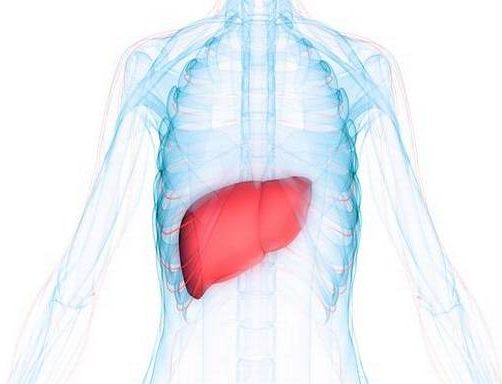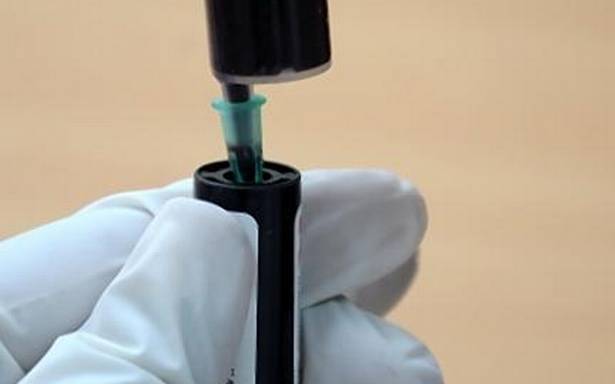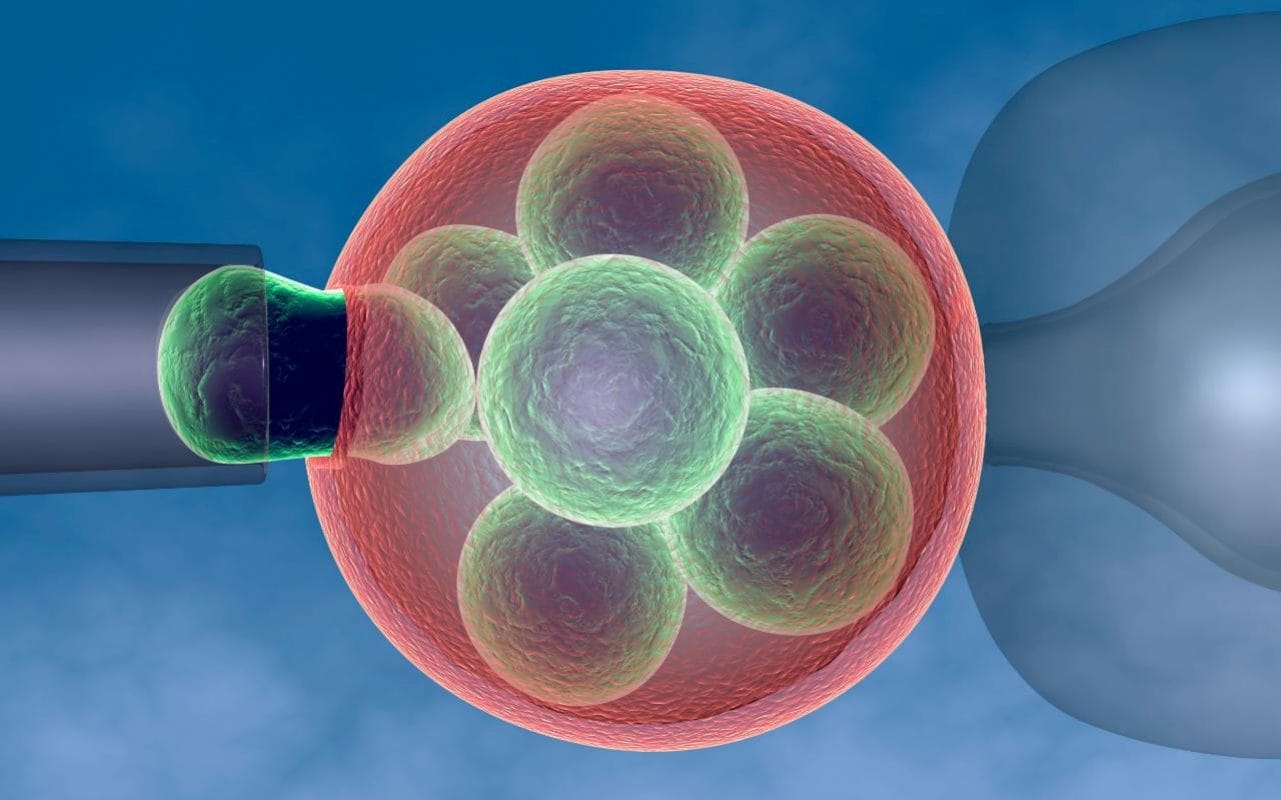An early symptom is blurry vision in which straight lines appear distorted. That can progress to darkness, whiteouts, or blurry areas in the center of the visual field. The disease does not, by itself, lead to total blindness because peripheral vision remains unaffected. Although some therapies delay loss of central vision, no current treatments restore it completely.
“Macular degeneration therapies seem to be treating disease symptoms, rather than its cause,” Lin says. “We focused on the role of macrophages in regulating inflammation and the growth of abnormal blood vessels to see whether it may be possible one day to help people who don’t get much benefit from existing treatments and design therapies that may prevent progression to advanced forms of the disease.”
Virus delivers genes to fight vision loss.









